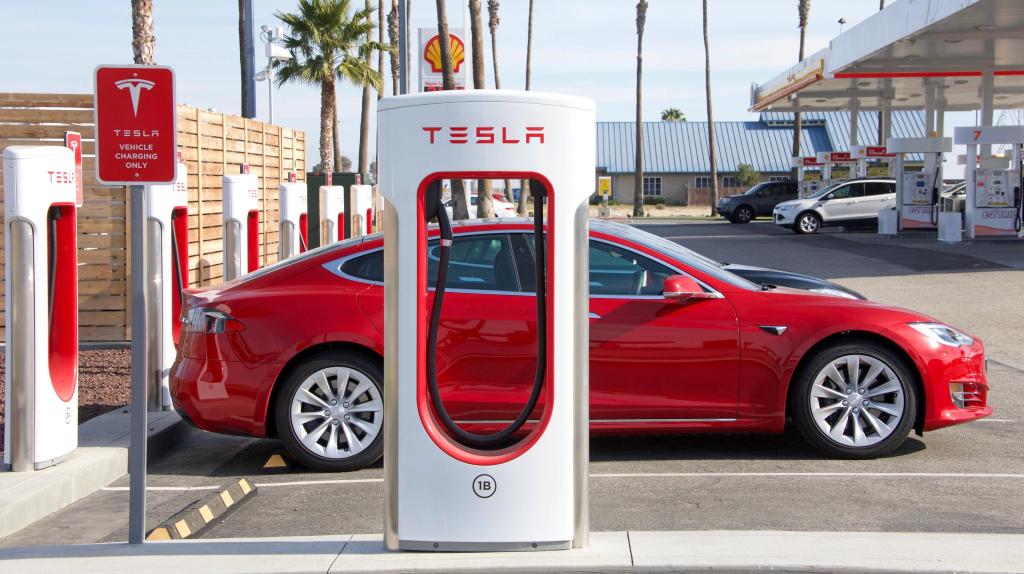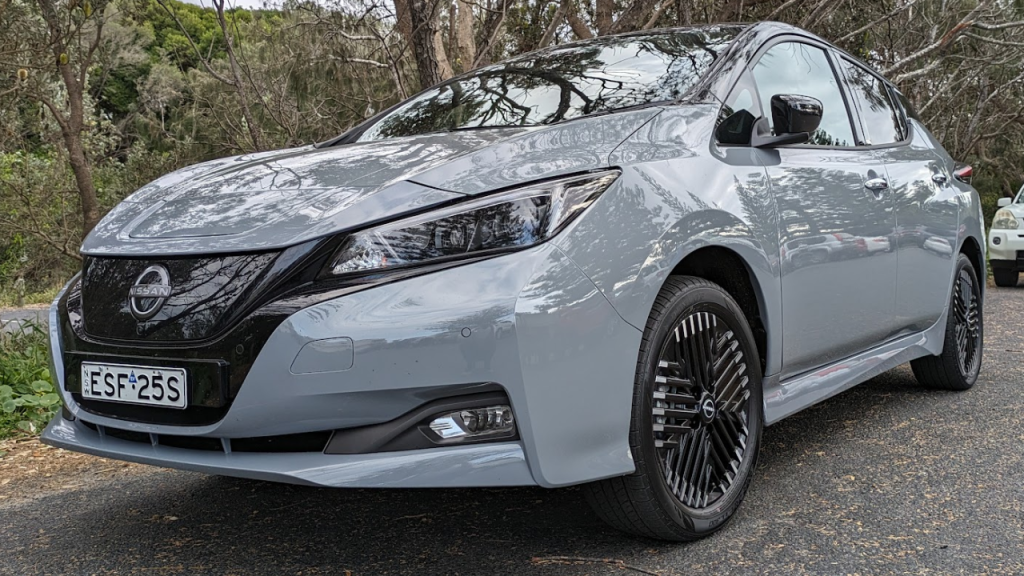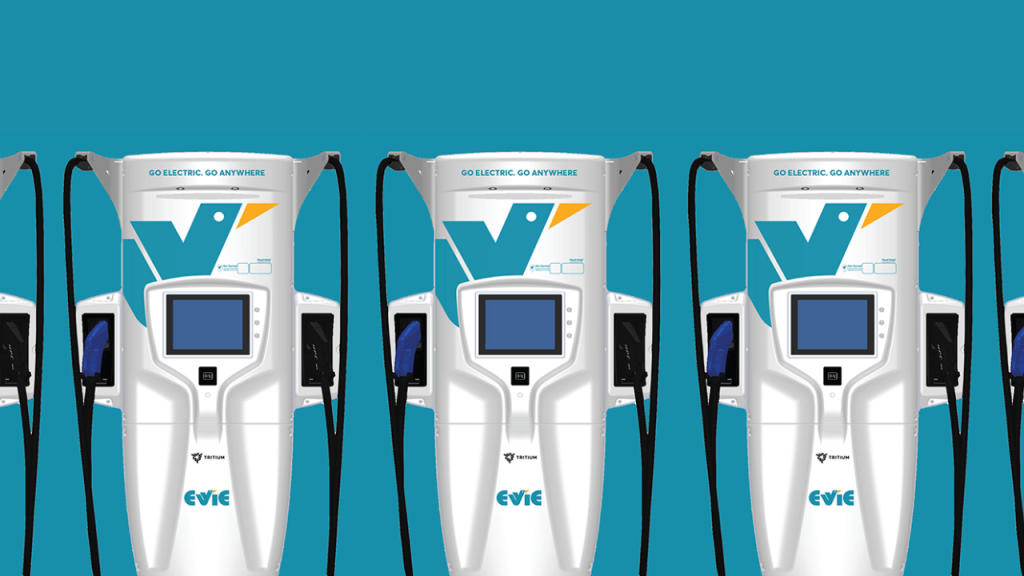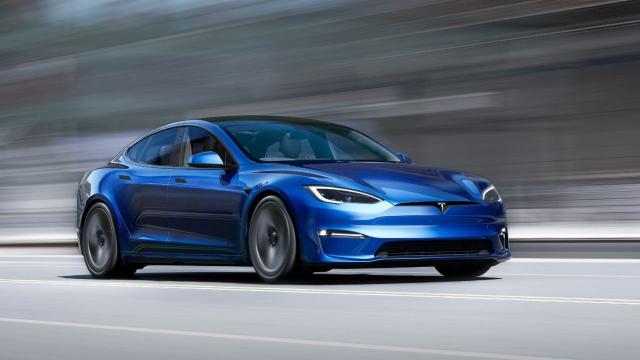The EV landscape in Australia is moving fast, but a lot of potential buyers have serious concerns… and only some of them are justified, based on my personal experiences.
Like a lot of Australians, I was intrigued to see the global shift towards EVs happening over the past decade. EVs had long appealed to me, primarily on environmental grounds, but also – if I’m honest – because I rather liked the idea of a car that I didn’t have to visit a petrol station for to keep going.
Problem was, here in Australia, the EV revolution was somewhat passing us by, not helped at all by rhetoric around how they were going to “ruin the weekend” and the like. They’re still pretty contentious, but back in 2021, I made the tentative dive into EV ownership, picking up a second-hand import Nissan Leaf to see how I’d get on with the concept.
It worked, and while I have zero love for Elon Musk – put bluntly, my personal opinion is that he’s a berk – I followed that up when financial circumstances around a particular trade-in made it a bit of a no-brainer to buy a Tesla Model 3.
The Leaf is my daily driver, while my partner uses the Model 3 to get to work each day. We’ve also used it extensively to drive around Australia – here’s my recap of how it handled a trip from Sydney to Adelaide and back again, for example – and I honestly can’t see myself going back to a fuel vehicle or hybrid ever again.
Still, there’s a learning curve, and while Australia is behind that EV learning curve, it has led me to some interesting realisations.
One: Most people still don’t really understand EV charging

EVs are still uncommon enough in Australia that I pretty persistently get the question about how I keep the car charged, as though this was some kind of mystery, or some huge contentious issue.
In my case, easily more than 90% of my charging takes place at home, and for quite some time that was just from a standard power point. There’s work to be done on charging infrastructure – I’ll get onto that in a minute – but the reality is that anywhere there’s power, there’s potential to recharge an EV.
I can’t in any way claim to be an EV pioneer, but that simple fact is why much longer-term EV advocates were able to drive all the way around Australia years ago when there was essentially zero public infrastructure… because there was already plenty of EV compliant infrastructure when you consider that every single plug is a potential fuel source.
I can already hear the anti-EV crowd frothing at the mouth to scream about charging times in this case. While a standard power plug does indeed top up the Model 3 rather slowly, for the vast majority of drivers this does not really matter at all. Not a jot.
Why? While the stats are a little older – dating to 2020 – the ABS estimates that the average distance driven by a car in Australia is around 12,100km per year. That’s about 33km per day on average.
Plug in any EV to a standard wall socket overnight, and you’ll easily get that back and more – and that’s ignoring the expansion of public chargers, or the option to install a home charger.
To be clear, I went with a home charger to speed up that rate, but that’s also a matter of juggling both cars – not that the Leaf’s smaller battery takes all that long – but it’s 100% not a required step for most Australians.
Two: Most people don’t get the reality of range anxiety

The classic anti-EV argument in Australia is that if it’s not capable of doing 1,000km or more without a recharge and without stopping, it’s a totally useless piece of junk.
It’s a ridiculous call, for one very simple reason.
Anyone who wants to say that they regularly do a 1,000km stretch with no break is a stupidly dangerous driver, not just to themselves but to every other road user, because fatigue is a real human condition.
You absolutely must take regular breaks, and for the vast majority of EVs, the charging schedule you’ll fall into ensures that you do just that – and it’s not a huge leap away from what you should be doing for petrol station refills.
Ah, but the rhetoric goes, you’re absolutely going to run out of power on a highway in the middle of nowhere, and then it’s going to be impossible to get on the tow truck and you’re stuffed, right?
Wrong. Or, at least, if you’re capable of paying attention to the road and your conditions, then wrong.
If you’re not, again, I question whether you should be on the road anyway, because paying attention is a quite basic need for any kind of driving.
While my experience with EV driving has predominantly been across my older, lower-range Leaf and the Model 3 (plus the MG ZS EV for a brief review), there’s none of them that don’t quite carefully make you very aware of just how much power they’ve got, how much they’re using and where your likely ranges are going to be.
Yes, if you’re daft and you run an EV 100% flat for shits and giggles, then guess what?
It’ll do just that, same as it would for a petrol car. All that proves is that if you do a stupid thing, you get a stupid result.
The reality is that range estimations on most EVs are pretty good at staying accurate, and it’s very simple indeed – whether via in-car systems a la Tesla or Polestar, or with the use of apps like Plugshare and ABRP. It’s easy to plan out your drive, whether you do so before you set off, or dynamically while you’re on the way. Even for my longest drives in the model 3, I’ve never felt particular range anxiety in terms of actual charging infrastructure. Which brings me on to…
Three: Australian EV Public charging infrastructure is getting better (but there’s clearly a LOT of work to do)

When I first picked up my Leaf, I had an initial issue with the EVSE – that’s the charging cable used between wall socket and car, the jargon can be confusing for new users – supplied with it. That was a bit of a headache, because three years ago, public chargers near where I live were notable by their non-existence.
The EVSE in this case acts as the intermediary between a wall socket and the car, and without it and without public charging with included cables, I couldn’t in fact recharge. To its credit, the company I bought it from really did go over and above in getting out a new cable to me the very next day – and bear in mind this was in the middle of the pandemic and in fact during a timeframe where I wasn’t legally allowed to travel outside my own suburb, so deliveries were more difficult to organise.
Of course, the weird upside there was that it wasn’t like there was anywhere all that far away that I could go to anyway.
If the same problem happened today, while I would still be chasing up that replacement, I wouldn’t need to stress. A quick check of plugshare shows me about a half-dozen public chargers within reasonable range, and more than a dozen that are being built out.
I do live in a major metropolis, but even regionally when I travel, I’ve noticed more and more public charging infrastructure coming online.
Where this is shifting the balance, though, is between whether there’s a public charger in a place, and whether there’s enough public chargers in a given place.
Over those three years I’ve gone from spotting the odd EV in the wild (“Oh, cool, there’s a BYD!”) to being surprised if I go out and don’t see a lot of them every single time.
There’s little doubting that an increasing number of EVs are being sold in Australia, but that’s going to put even more pressure on the existing chargers, especially around popular holiday times – a point that Zac has made a year ago. There’s more chargers in the wild – but we’re definitely going to need even more as EV adoption picks up pace.
Four: EV drivers can be selfish jerks (just like regular drivers!)

The Australian EV community can be great and supportive if you’re starting out. I absolutely got help when I was deciding on an EV, setting it up and getting used to it, no question at all.
However, just as it is in every other instance of life, including driving, there’s also jerks out there behind the wheels of EVs. I’ll give you a couple of examples for illustrative purposes.
There’s a well-known phenomenon known as ICE-ing, where a fuel-based vehicle deliberately parks in an EV charging bay. It’s actually a fineable offense (and a jerk move), so, y’know, don’t do it.
I’m not sure what to call it when the same thing happens with an EV, though.
It’s good etiquette generally to move on when your vehicle has enough charge, but in one instance, I actually hit an EV charging while effectively ICEing another EV park.
There’s a well-used Chargefox site at Taree in NSW, and on one northern soujourn, I decided to drop in there to recharge instead of using the Tesla chargers at Port Macquarie. Again, that’s mostly because I don’t like Musk much, and while the car’s fine, I’d rather support multiple charging infrastructures and not give him more money if I don’t have to.
Only problem was, I couldn’t, because the fairly tight two-bay chargers had one car already charging there… and they had parked almost diagonally across the entire park.
What’s more, they’d wandered off to buy food, so all I could do was wait and get cranky about it. I’m a stubborn type, so I waited until they reappeared; they apologised and tried to laugh it off, but it was a selfish jerk move on their part.
You can even hit this kind of thing with apps that are meant to encourage politeness amongst EV users. One of the better features of the crowdsourced Plugshare app is the ability to “check in” to a site if you’re charging there.
You can leave notes on performance or problems for other users, but also make it clear how long you’re going to be there. Some versions of the app at some times have allowed for messaging too, so you could check with folks if their car was full and you needed to charge.
At one point, using the BP Charge setup at Marulan in NSW, I was sitting in my car using the single available charge point to power up while I refreshed myself with some coffee.
I’d checked in on Plugshare – it’s not mandatory, but it’s a polite step to take – and I noticed that somebody else had checked in as well. I was still supping my coffee, but I did have enough to be moving on with if someone else needed the charger. The only problem? It was early in the morning, few cars around… and I was 100% the only EV there.
My best guess here was that they were trying to claim some kind of “right” to the charger by the time they were going to arrive if somebody else was already there charging when they did. Absolute jerk move, that one; while it’s quite reasonable to form and check a queue where there’s limited charging infrastructure and you’ve arrived, don’t try to queue jump by abusing Plugshare!
Five: You’re not going to save money on EVERYTHING EV

It’s pretty well established that EV pricing in Australia is a little higher than for many – but far from all – ICE vehicles. Once you jump that hurdle – and with options like the MG4, the pricing is improving for lower-cost EVs all the time – it’s often stated that you’ll be saving money every way you look.
For many aspects that’s true; even if you don’t have solar the costs of recharging an EV can make a really serious dent in your transport costs from the very first kilometre you drive. The mechanically simpler nature of EVs also means that services can be simpler, further spaced apart and considerably less expensive than for many ICE vehicles.
But not everything is low-cost when you go EV. The big factor that can kick in is around insurance and repairs. This is obviously a variable matter anyway – an 18 year old behind the wheel of a Model Y will have a bigger insurance premium than a 45 year old with a spotless driving record and so on – but insurance companies don’t only consider risk when deciding on premiums.
They also consider repair costs, and here is where it can get messy. There are fewer EVs around in Australia relative to ICE vehicles, and this means that parts are at a premium, and priced accordingly. If it’s going to be more expensive to repair your car, insurance companies may charge you more for the cost of doing so – and of course, if they figure that they’re not even going to be able to get the parts needed, they’ll write the car off, further raising premium prices.
I’ve certainly noticed this with insurance premiums for my vehicles. It’s always wise to shop around – and make sure the coverage you’re getting is what you expect – but bear in mind that the cost of repairs and as a result the cost of your insurance – may not be quite as rosy as it once was.
Then again, this can 100% also happen in the ICE world as well. One of the last petrol cars I owned was a second-hand Renault Megane that once belonged to my mother-in-law. An interesting car, but one that was an absolute nightmare to find parts for, simply because so few of them ever sold in Australia – which meant there were fewer junked ones to get compatible parts from.
